A Tale of Synapse: The Chaos Theories Review
Fast Facts
A Tale of Synapse: The Chaos Theories
Developer: Souris-Lab
Publisher: Tesura Games
Website: https://ataleofsynapse.com/
Genre(s): Adventure, Education, Platformer, Puzzle
Platform: Nintendo Switch (also available on Steam)
Age Rating: PEGI 7
Release Date: 30/06/2021
Price: £13.49
A code was provided for review purposes
Introduction
A Tale of Synapse: The Chaos Theories is an education game that mixes learning with the action-platformer genre. Play as Nero on her quest to collect the four sacred books, learning math along the way. Is this mashup twice the fun? Find out in this Rapid Review.
While A Tale of Synapse: The Chaos Theories features a simple story, it was a pleasant addition. Nero and his friend Sci work towards making themselves smarter after generations of their species abandoned science and learning. It was a cute story, and it was interesting to see how characters changed after being incapable of understanding certain concepts. Though the story develops a pleasant game world, there was nothing that made the story special. Not only that but there were constant translation issues and grammatical mistakes. The story was fine. It served its purpose, but I would not come to this title for the story.
Math Mania
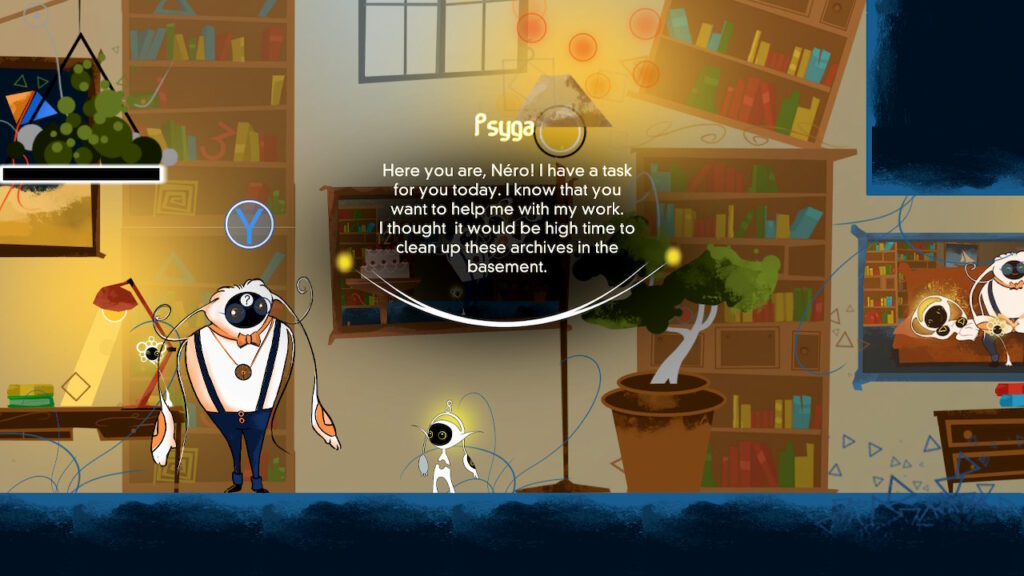
The developers included two main gameplay elements to supplement the story. There were enemies to fight with traditional combat and puzzles that revolved primarily around math. As someone who both enjoys action-platformers and math, I thought this game would be perfect for me. Unfortunately, I was severely let down by both the action and education sections.
To start, controlling the characters was extremely tedious. Nero walks slowly, and Sci does not move much faster. It took me a long time to reach the puzzles. Not only that, but as I progressed through the game, I encountered additional abilities. While this sounds like it would speed up the gameplay, it does the exact opposite. One upgrade allowed me to use Sci as a platform. This allowed me to reach new heights, though, unlike a Metriodvania, it does not unlock additional paths in previous levels. Instead, much like the Pepelogoo from Monster Boy: Asha in Monster World, it simply adds another step to impede progress. Moreover, there are other upgrades that do not add to the game and simply inconvenienced me. For example, even though the bow and arrow served as a weapon, it was also instrumental in some puzzles. This just made them more time-consuming.
Slow and Steady
One of the main issues I had with the game was that playing as a character in the world did not matter. It just seemed like a less convenient way to complete math problems. It made me wish I could simply complete the puzzles on paper. This was reinforced by the confusing puzzle design. There were some straightforward puzzles. In one level, I was given a sum equation. I changed variables in the equation so the sum equalled a certain number, and I could open a gate. This was a great puzzle, as it was clear what the developers wanted. Unfortunately, I was not satisfied with most of the puzzles. Instead of spending my time figuring out the correct solution to a given problem, I needed to decipher what the puzzle was requiring I solve for first. Many questions were abstract, and it was very frustrating.
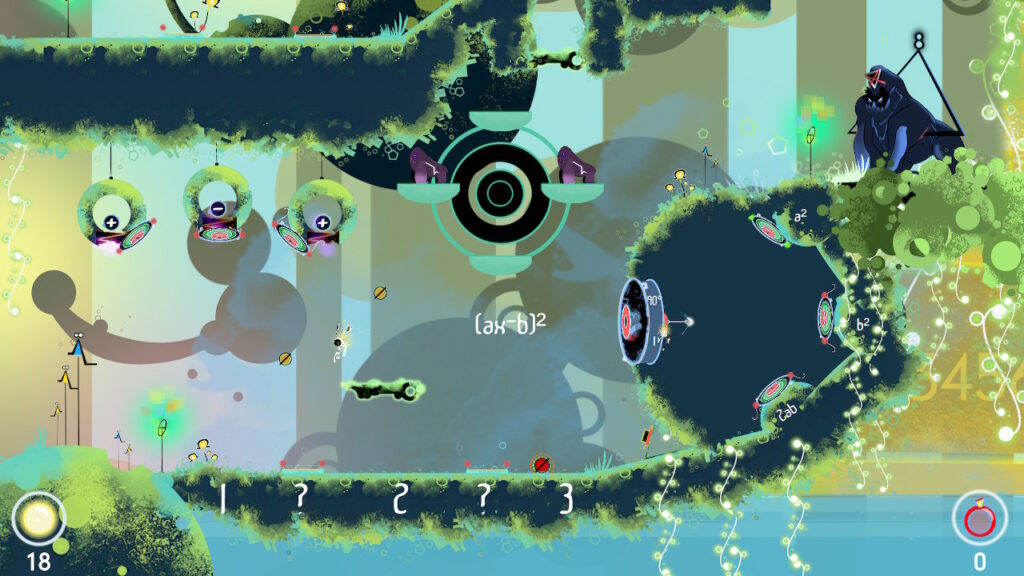
Even if the character makes things tedious and the puzzles are confusing, if A Tale of Synapse: The Chaos Theories teaches effectively in the end, it could be used as a learning tool. Unfortunately, it failed to teach me. When I was introduced to a new concept or mechanic, I was rarely given instructions. Thus, I did not learn a single thing from the game. There was a hint feature that was only helpful sometimes. It did not respond to the environment so sometimes it would clarify pieces of the puzzle I already finished. The developers even discouraged using the hint feature by leaving a message on the victory screen reminding me that I needed help.
You Wanted to Learn?
Instead of learning the game, I used my prior knowledge and resources like Khan Academy to progress through the story, but it made the journey fruitless. After I completed levels, I would obtain a little blurb that described the puzzles I completed, but this would only occur afterwards. This led me to guess on puzzles that I did not understand, attempt to avoid them altogether and left me incredibly frustrated. This was disappointing because I expect to learn in an educational game.
Not only is the education element disappointing, but the action is no better. As I mentioned previously, the character is slow and attacking enemies is no different. The arrow shoots slowly, the melee attacks feel weak, and aerial attacks have long input lag. I only liked the aerial downward slam, as it had significant heft to it and knocked enemies back. Though my character was not fun to use, my main issue with the combat came with the lack of intensity. Failure was relatively inconsequential. Getting damaged removed a couple of orbs but these were only used for minor upgrades and were abundant anyways. It allowed me to ignore enemies and even ignore taking damage. The lack of pressure is especially disappointing because the enemies are well designed and unique. I enjoyed seeing rabbits that spew percentage signs, sleeping bulls, and other evil creatures. Unfortunately, they barely mattered.
Breaking Free
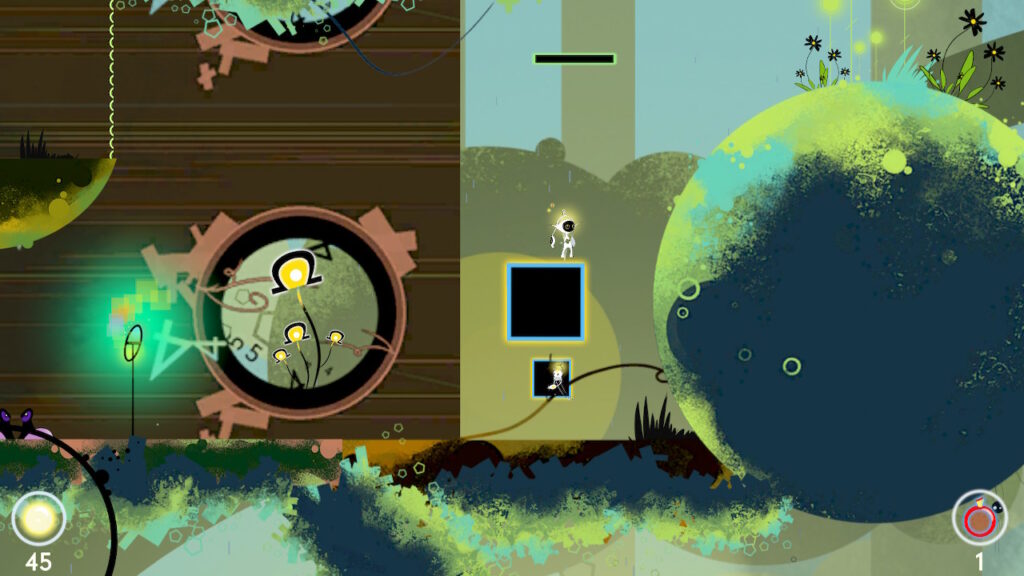
Neither the education elements nor the action portions excited me. However, I did find some fun with the title. I liked messing around in the levels and attempting to access inaccessible areas. Sci can lift solid objects. While Sci is carrying an object, the object cannot interact with Nero, but it can interact with other assets. Using this to my advantage, I would move upwards as far as I wanted by stacking two objects on top of each other, standing on top of them, and having Sci lift the bottom one. It allowed me to travel wherever I wanted. It was fun seeing behind locations I had explored and trying to pass invisible blocks. Granted, this was not intended by the developers, but I had a decent time messing around with the physics.
There were also plenty of issues with these broken mechanics as well. I often got soft-locked, and the camera frequently left the area I was located in. These issues forced me to restart levels many times. It was especially frustrating because the levels are lengthy and include many puzzles inside them. All in all, neither the combat nor the education was enjoyable enough to make the game worthwhile.
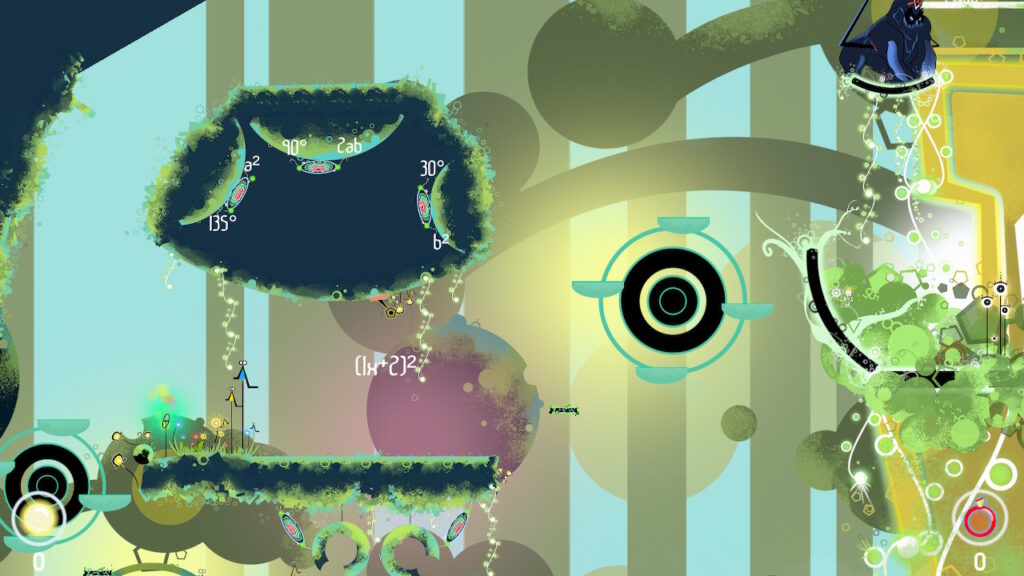
Ambience
While much of the game let me down, I really enjoyed the visual design of A Tale of Synapse: The Chaos Theories. The muted ecosystem contrasted wonderfully with the bold colouring of the enemies and the pure white of Nero. Each environment looked lovely. The sound was also very nice. It was atmospheric and peaceful which set the mood for the game nicely. I would not recommend the title for these elements, but they were done well, and the developers deserve substantial praise for these two elements.
A Tale of Synapse: The Chaos Theories has great potential and a lovely visual style. Unfortunately, confusing puzzles, a lack of teaching, and tedious movement options prevent this game from being one I can recommend. It is clear the developers put a lot of effort into this title, but I cannot recommend it unless you have a serious passion for math, patience, and extensive background knowledge on the topics covered. I did not enjoy my time with A Tale of Synapse: The Chaos Theories.
Rapid Reviews Rating

1.5 out of 5
1.5
You can purchase A Tale of Synapse: The Chaos Theories on the Nintendo eShop here

You can find and read our reviews on OpenCritic.
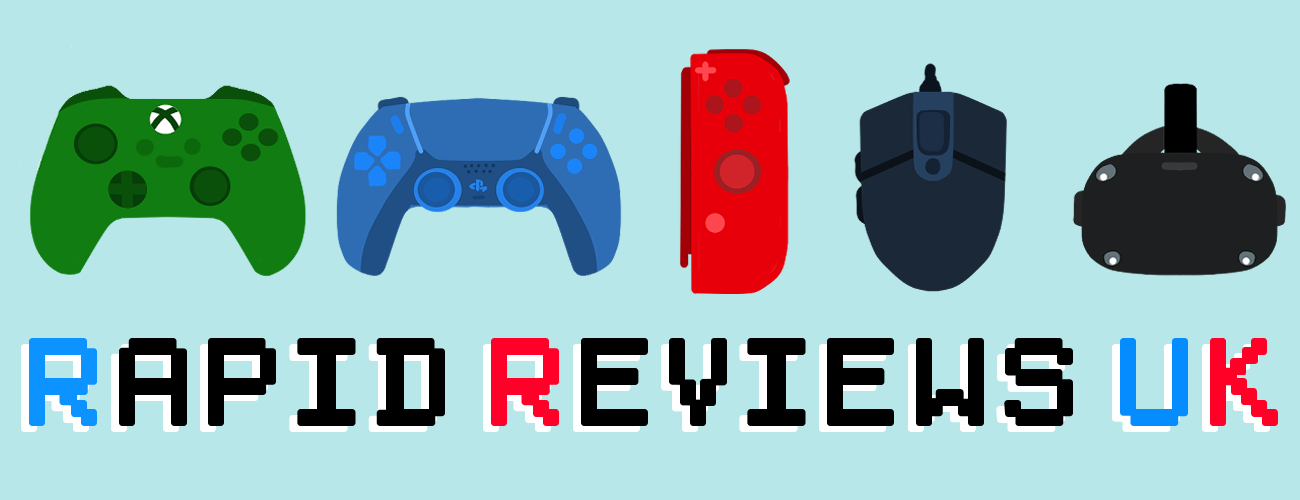


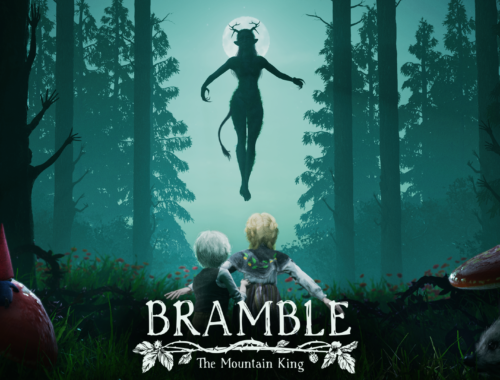


One Comment
Pingback: